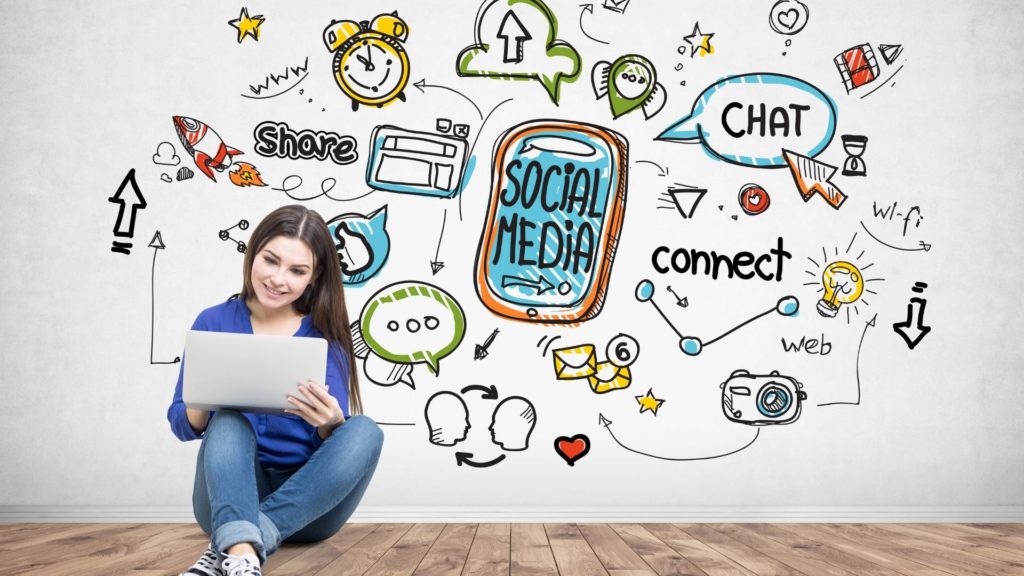The need for social connection
It is no secret that social media platforms have been transforming the way we work for at least 10 years. Although some organisations were initially reluctant to embrace these platforms, over time they became integral to connect, share and communicate with employees and customers. So much so that forward thinking companies are leveraging these social tools for their corporate training, customer education and support, and talent management, all wrapped up in employer branding.

In other words, social activities span over the entire employee life cycle. The phenomenon of leveraging social platforms to create better alignment between organisational goals and HR objectives is often referred to as social HR. Enter the pandemic with skyrocketed remote-work (now hybrid work) and the need for connection and involvement amplifies. So does the need for a more social approach to HR.
The dark side
All social interactions (including digital) are a two-way process, which means that they can become a double-edged sword when opinions are expressed, and content is shared freely. It creates another set of challenges for long suffering HR professionals: moderating and regulating what enters the cyberspace.
There is a fine line to tread between authentic employee engagement that may involve a degree of negativity and protecting the company brand. Overcoming these challenges is only possible by either working with the IT department (if there is one) to tightly integrate these social tools into the existing HR system or opting for a HR platform that has these social features already integrated.
Culture questions

Then there is another set of interesting questions that link back to company culture. Who are the biggest sharers and content creators? How much interaction and validation did their activity receive from others within the organisation? Who are the people who are validating and what language is used when these interactions occur? By tapping into these signals and values businesses can have a more in-depth insight into their own culture and talent than ever before.
Culture isn’t just about aligning your company’s core values with the workforce; a strong culture should also encourage communication and engagement between workers in a way which transcends work goals and objectives. Often the most innovative solutions and forward-thinking ideas come about not from formal discussions, but from casual conversations between like-minded employees. Not to mention content that goes viral and creates unprecedented brand exposure.

The future of being social and does size matter?
The age-old question. Whilst large enterprises are likely to develop their own IT infrastructure, small and medium sized companies will adopt social networking and sharing through their SaaS application solutions. Otherwise in the absence of a newsfeed or intranet you end up bolting together a separate HR System with social tools, which is like having to buy a bluetooth adapter for your car just to connect your phone. Not a smooth experience or something that people expect to have to do anymore when they buy a new car.
Having said this, the HR systems market is now mature enough so that buyers would expect social features to be embedded within the applications they buy, without having to wait for the ‘safe and approved’ solutions developed in-house. This could include news feeds, discussion boards and integrations to well-known social media platforms such as LinkedIn and Twitter, just to mention a few.
Take for example our latest innovation that lifts the existing Newsfeed feature to the next level. Just by moving a toggle, articles shared on the Newsfeed can be instantly pushed out onto LinkedIn as well. Built in safety features allow the leadership team to decide who can publish and what.
The bottom line
The importance of social sharing will continue to rise as it is becoming mission-critical to HR and talent management. Companies that want to emerge as winners of the pandemic need to consider how they incorporate social HR into their overall strategy. If they don’t, they are likely to be missing out on opportunities and get left behind by their competition.
On the other hand, from a vendor perspective, offering social technology to complement traditional HR approaches will continue to gain more emphasis, making the future of HR more social than ever before.





